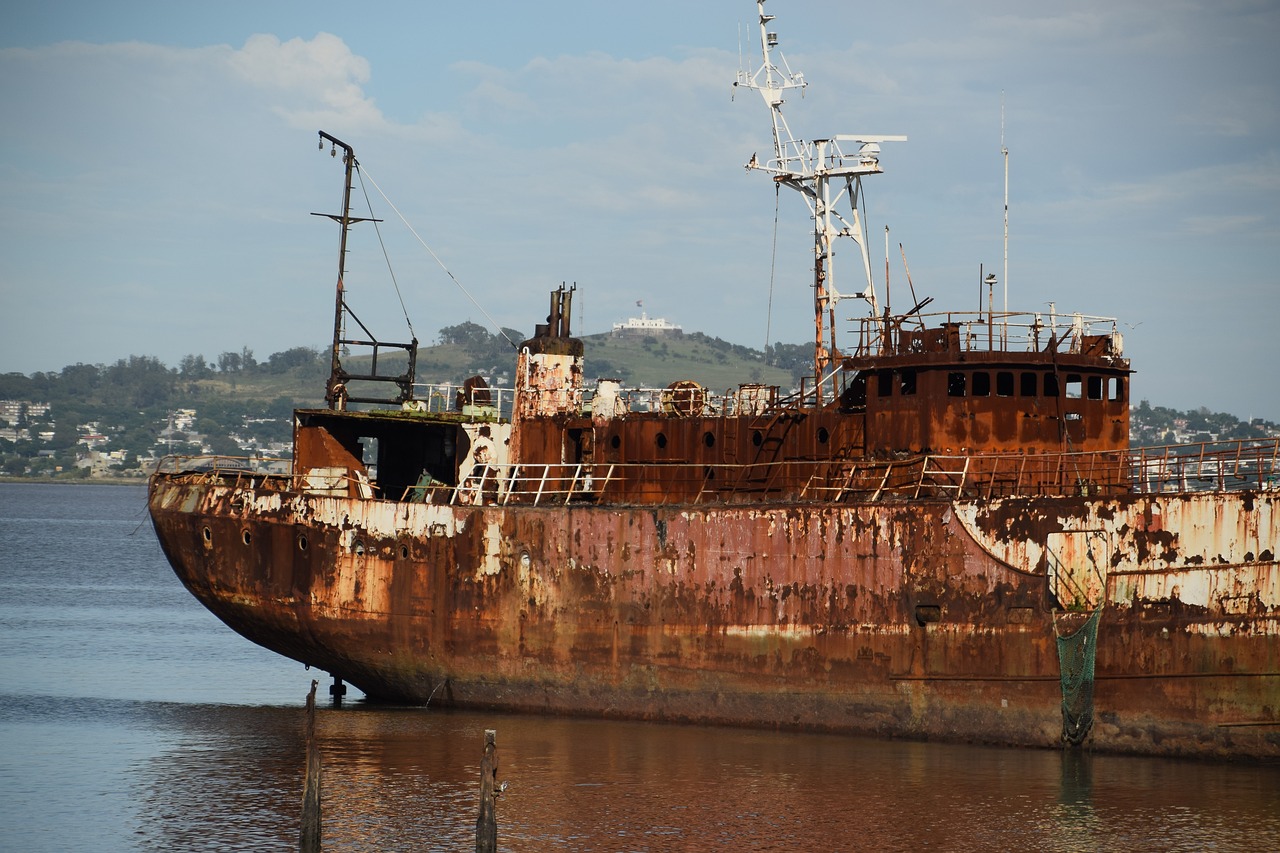
Martide Blog
We post regularly on topics ranging from life at sea, maritime recruitment, seafarer job seeker tips, maritime crew management systems and more.


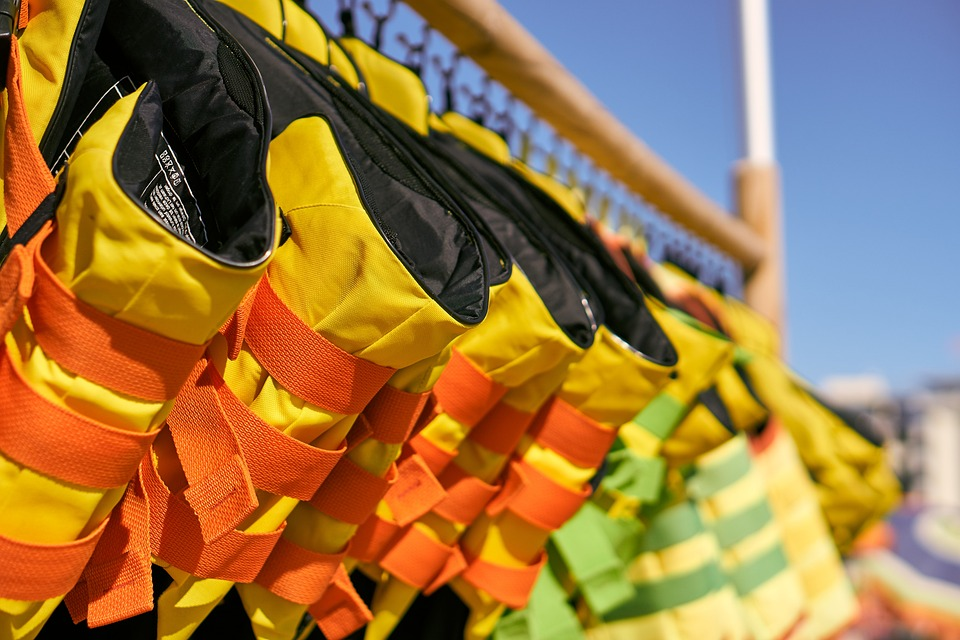
Everything You Ever Wanted to Know About Life Jackets
Nov 14, 2024 • 20 mins read •
Shipping & VesselsAccording to the dictionary, a life jacket is a life preserver in the form of a buoyant jacket. This sleeveless inflatable jacket is also known as a personal flotation device and it aims to prevent drowning by keeping the wearer afloat when water-related accidents occur.
 By:
Nathaly Seruela
By:
Nathaly Seruela

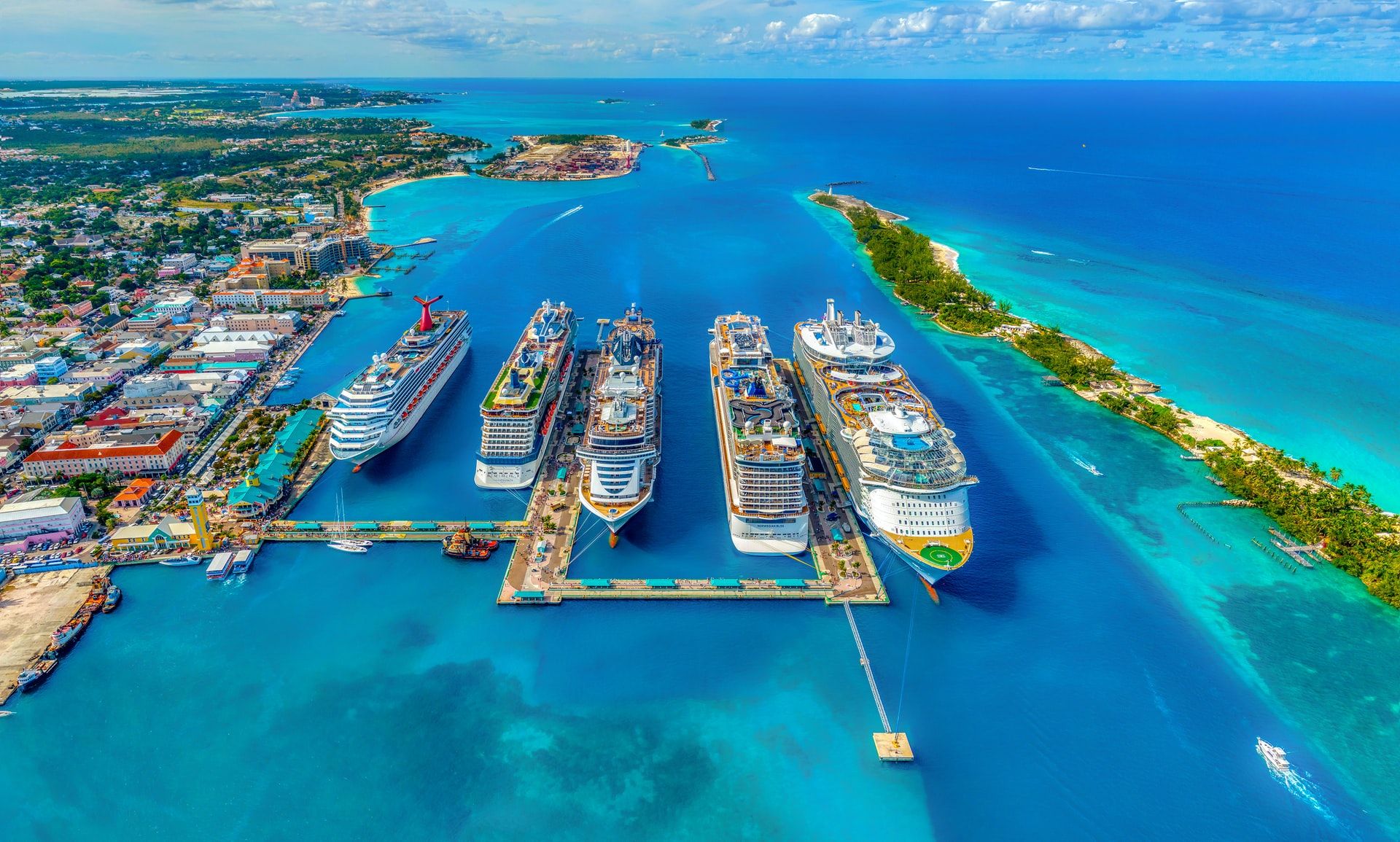
Everything You Need to Know About Cruise Ships
Nov 07, 2024 • 37 mins read •
Shipping & VesselsA cruise ship is a passenger ship that sails to a number of different destinations. The pleasure of the voyage being the point. Cruise ships are synonymous with being luxury vessels & their amenities, activities, dining options & entertainment are all created with the passenger experience in mind
 By:
Eve Church
By:
Eve Church


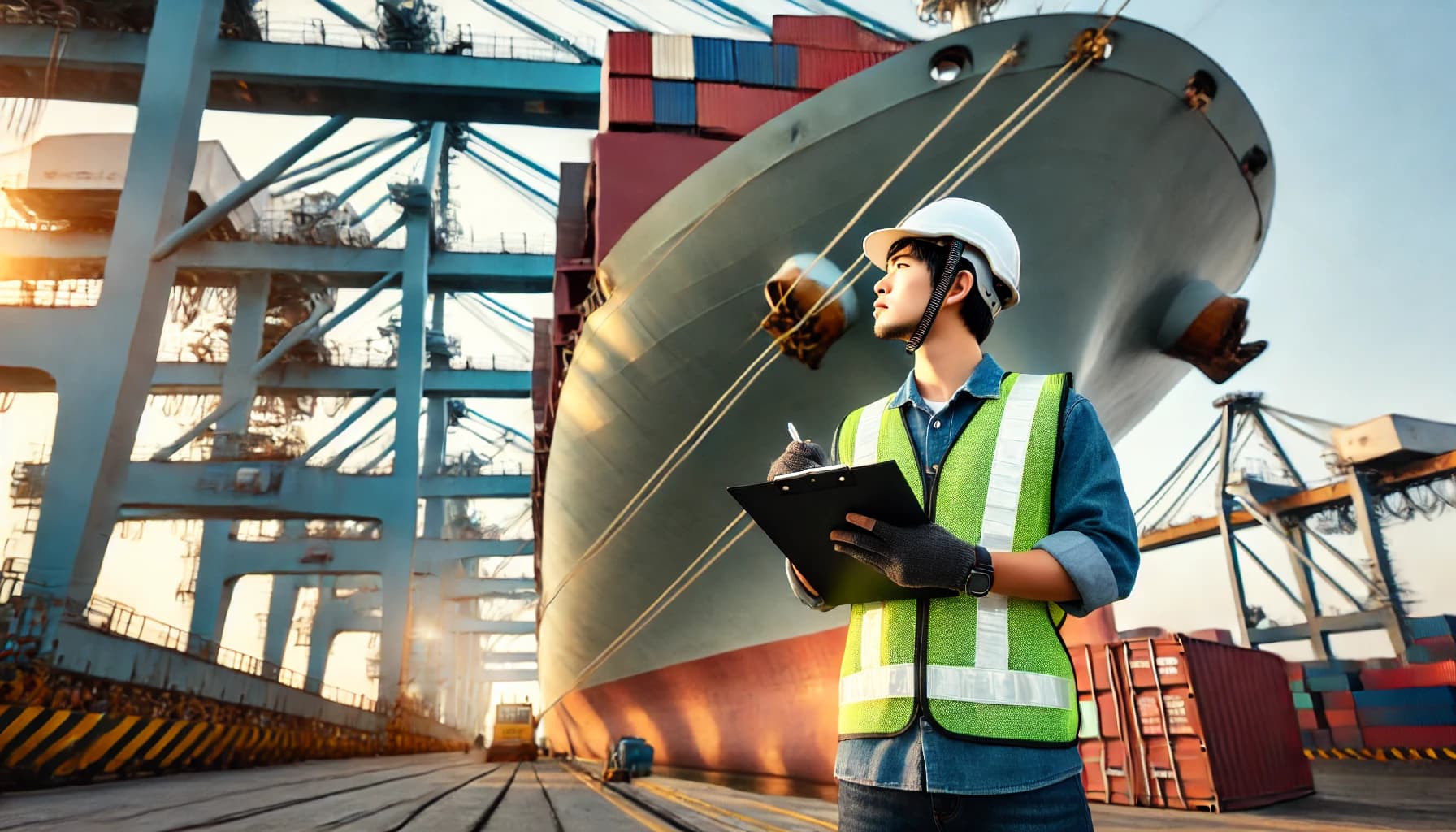
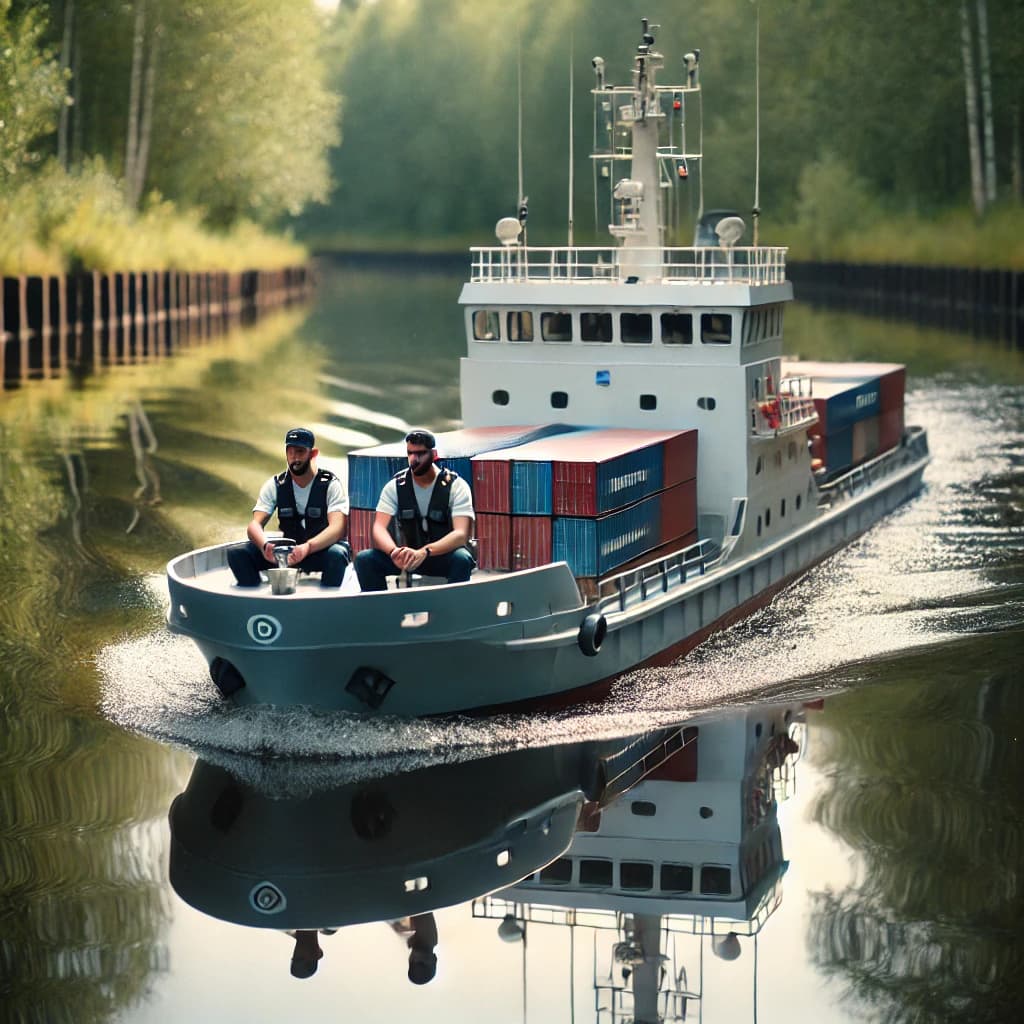

Come and Hang Out with Martide on Social Media!
Oct 22, 2024 • 21 mins read •
All Things MartideMartide are on social media. Why not come on over and say hello, like and follow us on Facebook, Twitter, Pinterest and LinkedIn? We post blogs, tips and tricks, seafarer quotes, news and points of interest in the maritime industry - and of course our latest seafarer jobs!
 By:
Eve Church
By:
Eve Church